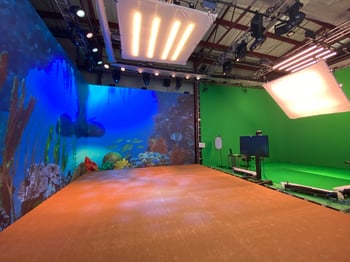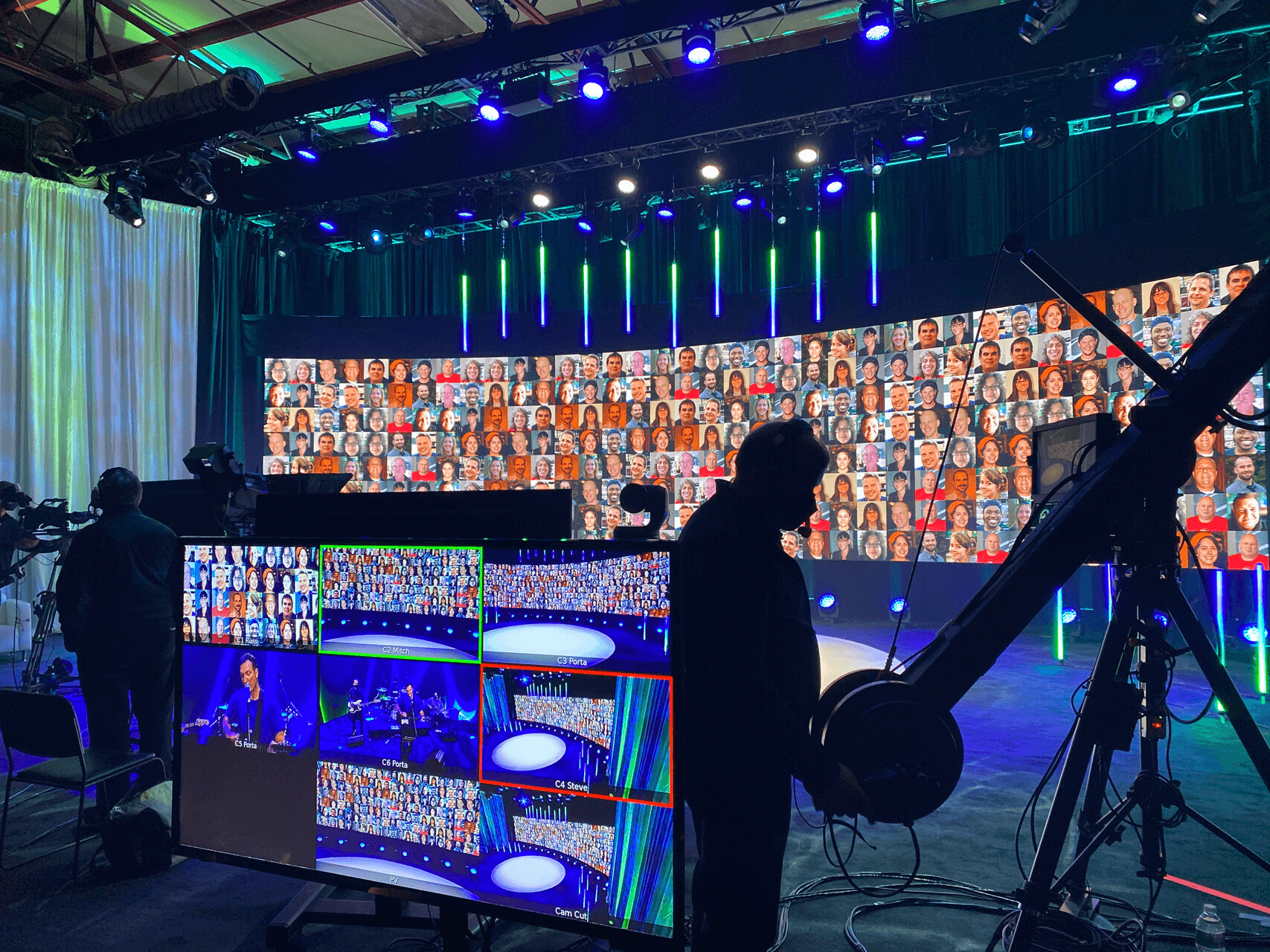Share this
by PORT on Jun 15, 2022 12:31:38 PM
Moving forward
 The videoconferencing-virtual meeting revolution is not expected to wane anytime soon. According to Transparency Market Research, global video conferencing is expected to grow from $6.1 billion in 2019 to $11.56 billion by the end of 2027.
The videoconferencing-virtual meeting revolution is not expected to wane anytime soon. According to Transparency Market Research, global video conferencing is expected to grow from $6.1 billion in 2019 to $11.56 billion by the end of 2027.
New, innovative options for virtual events are allowing corporations, public agencies, schools, and other users even more ways to captivate virtual and live participants.
In the coming years, virtual corporate meetings and conferences will continue to allow companies to save money on travel costs while keeping employees and board members connected. At public agencies, cutting-edge virtual meetings allow leaders to increase community engagement by holding virtual town hall meetings or other events.
Because virtual events aren’t limited to boring ballroom curtains, you can completely customize your environment using innovative elements such as slides, graphics, augmented reality, and 3-D graphics to keep remote viewers engaged.
Hybrid events continue to allow some in-person attendees while others can participate virtually via a live-streamed video conferencing platform, so they can experience an immersive experience in real-time.
One of the most exciting developments is “virtual studios” that place people in virtual environments. Businesses can create “sets” in their conference rooms or travel to local providers who can set up studios and create realistic environments by projecting them on a screen. This allows real-time combinations of people and computer-generated environments.
PORT - Innovative Virtual Event Production
Port Lighting is one of the largest virtual production studios in New England with more than 10,000 square feet of studio space, two high-resolution video walls, green screen stages, and 4K broadcast capability.
We use PortLive, powered by the Ice 9 production hub to create engaging, state-of-the-art virtual events, incorporating exciting elements like live graphics and real shadows. You can even include participants from anywhere in the world and integrate them into your show or virtual event. The possibilities are endless! Contact us to find out what we can do for you!




No Comments Yet
Let us know what you think